When We Became Humans: The Story of Our Evolution
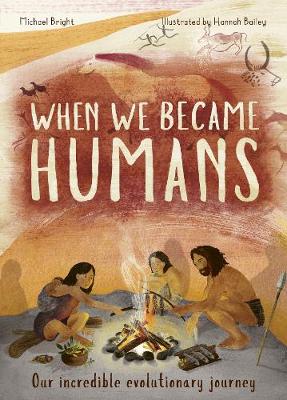
By Author / Illustrator
Michael Bright, Hannah Bailey
Genre
Adventure
Age range(s)
7+
Publisher
Frances Lincoln Publishers Ltd
ISBN
9781786038869
Format
Hardback
Published
16-07-2019
Synopsis
What makes us human, and where did we come from? How did a clever ape climb down from the trees and change the world like no other animal has done before?
This large-format, highly illustrated book guides readers through the key aspects of the human story, from the anatomical changes that allowed us to walk upright and increased brain size in our ancestors, to the social, cultural and economic developments of our more recent cousins and our own species. Along the way, focus spreads take a closer look at some of the key species in our history, from the ancient Australopithecus Afarensis, 'Lucy', to our recent cousins the Neanderthals and ourselves, Homo sapiens.
Looking beyond the anatomical evolution of humans, this book explores how our culture and way of living has evolved, from how trails of cowry shells reveal early trade between tribes, to how and why humans first domesticated dogs, horses, and farm animals, and began settling in permanent villages and cities. Through digestible information and absorbing illustration, young readers will be given an insight into their own origins, and what it really means to be a human.
Reviews
Rhiannon
A tale of evolution told in 64 pages, When We Became Humans is a comprehensive guide aimed at children 9+ but equally informative at any age. There is no need for a glossary as all of the key terms are explained throughout and phonetic pronunciation guides provided next to each difficult word. The muted and subtle illustrations by Hannah Bailey are the perfect accompaniment to Michael Bright's knowledgeable narrative. The book covers a wide range within the topic, from the earliest primates to modern humans, and ends with predictions for future evolution, encouraging further discussion and questions. There are also features such as the human family tree - a timeline of discoveries up until the modern day, maps of trade and migration routes and even a recipe for prehistoric bread! An excellent book for schools studying evolution as part of their curriculum or for curious children with an interest in the topic. 64 pages / Ages 8+ / Reviewed by Rhiannon Cook, school librarian
Suggested Reading Age 7+
Donna
When We Became Humans - Our Incredible Evolutionary Journey really is just that: an incredible journey through our development as humans today. This beautifully written non-fiction book breaks down the information into bite-sized chunks of interesting facts and explanations. Michael Bright weaves the information into a story-like journey through time that keeps the reader engaged throughout. The writing manages to fuse the tricky concepts and technically difficult words (broken down into phonetic spellings) into a text that is clear and understandable. Interesting facts and discoveries offer moments of awe and wonder and this is all held together by the beautiful illustrations of Hannah Bailey whose choice of colours and style resonate with the images of cave art that we associate with early man. This is a must read for many areas of the curriculum: stone age/early man, evolution and adaptation, trade routes and migration, development of communities, use of land and relationship with animals, changes in roles, development of communication: spoken and written, as well as the potential problems that we face in the future as we continue to develop and multiply. I would highly recommend this for KS2 children to support their growing interests and learning about how we became humans. 64 pages / Ages 8+ / Reviewed by Donna Burkert, teacher
Suggested Reading Age 7+
Bryony
When We Became Humans by Michael Bright is a large format illustrated non fiction text covering the development of the human species from prehistory to modern times. The text clearly introduces the species related to Homo Sapiens and shows how different groups have been classified. Bright's clear writing makes this an excellent text to support teaching on prehistory as required by the Key Stage 2 curriculum. It would also work well with the science topic of evolution. This text is also enjoyable for any reading library and is interesting as well as educational. Aided by wonderful illustrations from Hannah Bailey, the language is accessible for most Key Stage 2 pupils. The illustrations bring the words to life as well as add to the cultural dimension that the evolution of the human species has been through. Never once patronising its audience, When We Became Humans promotes questioning and curiosity in children. Highly recommended. 64 pages / Ages 8+ / Reviewed by Bryony Davies, teacher
Suggested Reading Age 7+
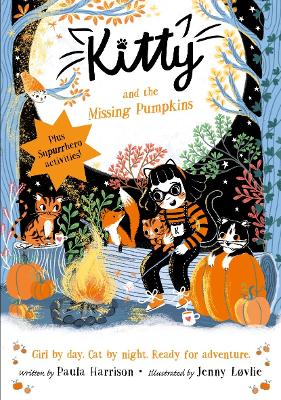 Kitty and the Missing Pumpkins
Kitty and the Missing Pumpkins
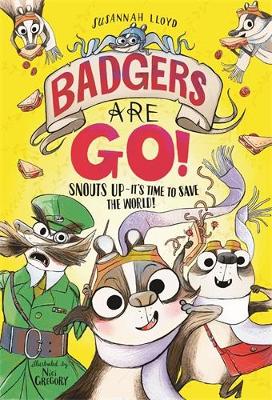 Badgers Are Go!
Badgers Are Go!
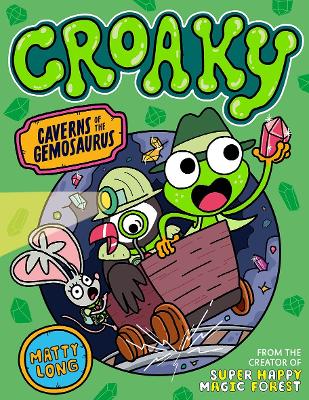 Croaky: Caverns of the Gemosaurus
Croaky: Caverns of the Gemosaurus
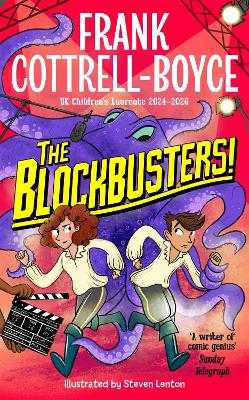 The Blockbusters!
The Blockbusters!
